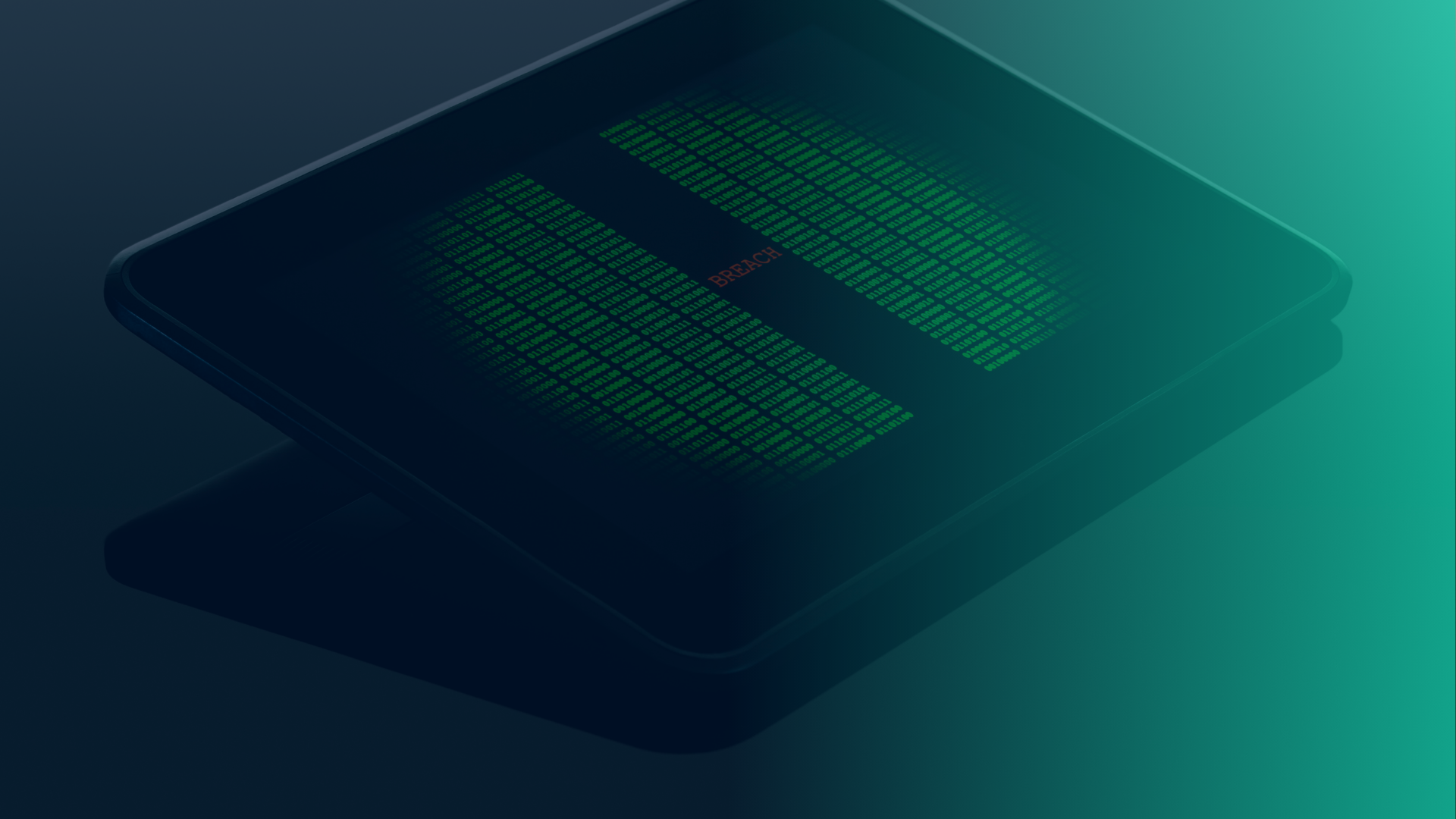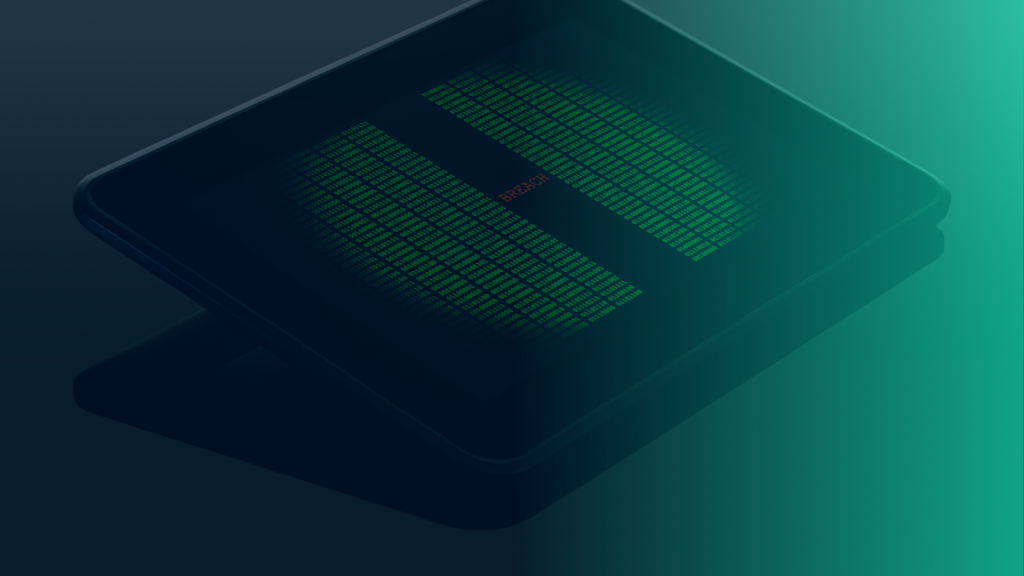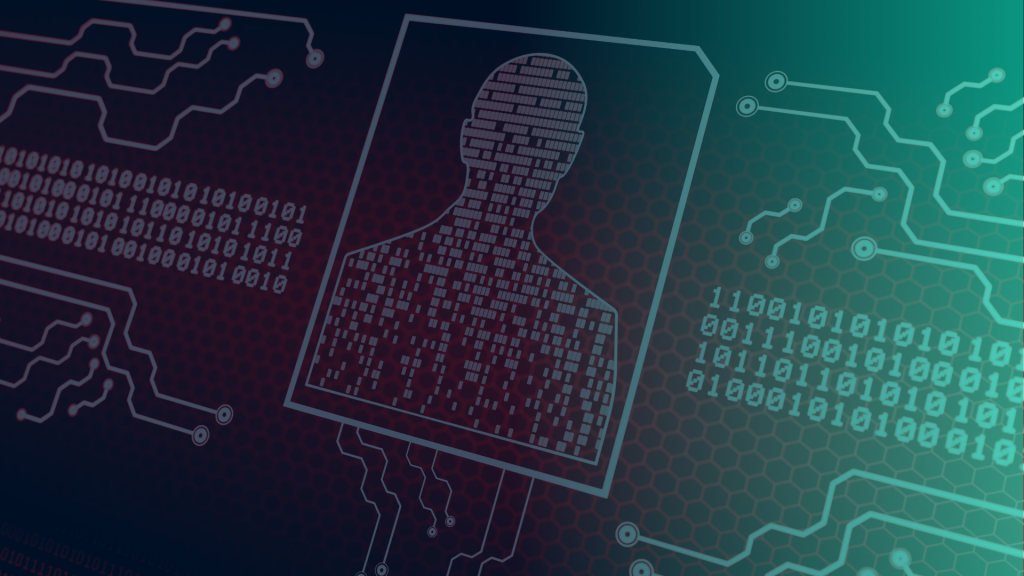National Health Data Exposed: What the NHLS Breach Means for South Africa’s Cybersecurity
Michael Pretorius
September 19, 2025

A Breach with National Health Consequences
In June 2025, the National Health Laboratory Service (NHLS), South Africa’s largest diagnostic pathology service, suffered a significant ransomware attack by the group known as BlackSuit. The breach disrupted critical lab systems, including email, test result portals, and internal databases, affecting over 6 million blood tests for conditions such as TB, HIV, and mpox. Backups were compromised, and systems remained offline for approximately 40 days, forcing NHLS to revert to manual processes to maintain essential healthcare services.
This incident exposed sensitive patient and employee data, including names, ID numbers, contact details, and medical records, underscoring the vulnerability of vital public health infrastructure to cyber threats.
South Africa’s Growing Cybersecurity Challenge
The NHLS breach follows a pattern of escalating cyberattacks targeting both public and private sectors in South Africa. Healthcare data, being highly sensitive and valuable, remains a prime target for ransomware groups and cybercriminals. The attack highlights the urgent need for healthcare institutions and critical infrastructure providers to enhance endpoint security, real-time monitoring, and rapid response capabilities.
What Went Wrong?
The breach revealed gaps in NHLS’s cybersecurity framework:
- Insufficient endpoint protection and real-time threat detection
- Inadequate network segmentation, allowing lateral movement of attackers
- Vulnerabilities in backup integrity and access controls
These weaknesses allowed attackers to encrypt data and erase backups, significantly prolonging recovery time and impacting patient care.
How SmartDesk by 2TS Could Have Helped
SmartDesk, 2TS’s Unified Endpoint Management (UEM) and cybersecurity platform, offers comprehensive solutions to prevent, detect, and respond to incidents like the NHLS ransomware attack.
Real-Time Threat Detection & Response
SmartDesk continuously monitors endpoints, servers, and cloud environments, flagging anomalous activity such as unauthorized file access or mass deletion attempts. Immediate alerts enable IT teams to isolate affected devices and halt the spread of ransomware.
Automated Patch Management & Backup Protection
By enforcing timely patch deployment and verifying backup integrity, SmartDesk helps close common vulnerabilities and ensures that recovery points remain secure and accessible.
Strong Device Encryption & Role-Based Access Control
SmartDesk safeguards sensitive data by enforcing encryption at the device and file levels and restricting access based on user roles, minimizing exposure even if a device is compromised.
Centralized Incident Logging & Forensics
Detailed audit trails enable organizations to analyze breach causes, scope, and affected systems, facilitating faster recovery and regulatory compliance.
Integration with Leading Cybersecurity Solutions
SmartDesk works seamlessly alongside other enterprise-grade tools such as Microsoft 365, Mimecast, SentinelOne, and AWS, providing end-to-end security visibility and control.
Conclusion
The NHLS ransomware attack is a stark reminder of the critical importance of cybersecurity in healthcare and public infrastructure. With the right tools, such as SmartDesk by 2TS, organizations can shift from reactive to proactive defense, detecting threats early, containing incidents swiftly, and maintaining essential services with minimal disruption.
Protect your infrastructure before it’s too late.
Contact 2TS today to learn how SmartDesk can help safeguard your organization’s future
Secure Your Business Before It’s Too Late
Contact 2TS today to discover how SmartDesk and our cybersecurity suite can help your organization stay protected in a rapidly evolving threat landscape.
👉 Visit 2ts.co.za/smartdesk to learn more or book a consultation.
Sources:
- Bitdefender https://www.bitdefender.com/en-us/blog/hotforsecurity/ransomware-attack-on-blood-testing-service-puts-lives-in-danger-in-south-africa
- MyBroadband https://mybroadband.co.za/news/security/575566-cybercriminals-take-aim-at-south-africa.html
- DarkReading https://www.darkreading.com/cyberattacks-data-breaches/south-africa-healthcare-lab-still-reeling-from-ransomware-attack
Recent Posts
-
 National Health Data Exposed: What the NHLS Breach Means for South Africa’s Cybersecurity19 Sep 2025
National Health Data Exposed: What the NHLS Breach Means for South Africa’s Cybersecurity19 Sep 2025 -
 A Wake-Up Call for Data Security: The Cell C Breach05 Sep 2025
A Wake-Up Call for Data Security: The Cell C Breach05 Sep 2025 -
 Still on Windows 10? Here’s Why 2TS Is the Smart Choice17 Jul 2025
Still on Windows 10? Here’s Why 2TS Is the Smart Choice17 Jul 2025 -
 Preventing Digital Disruption in the Cold Supply Chain | Lessons from the Peter Green Ransomware Attack05 Jun 2025
Preventing Digital Disruption in the Cold Supply Chain | Lessons from the Peter Green Ransomware Attack05 Jun 2025